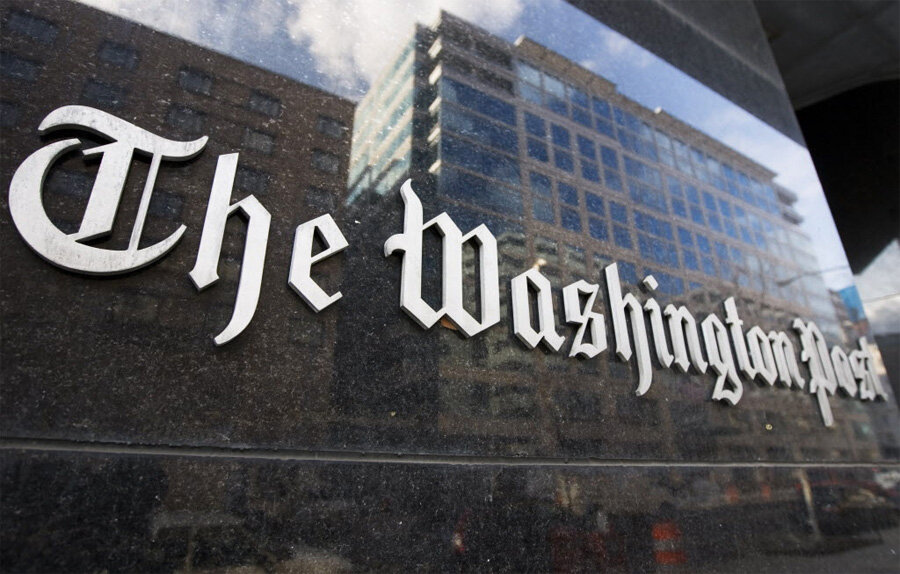What's going on with the Washington Post's 'buy it now' Amazon book links?
Loading...
The Washington Post reportedly added a “buy it now” Amazon link to a blog post about the book “Charlie and the Chocolate Factory” by Roald Dahl, but the paper says the link's placement in the text of the article was a mistake.
The Washington Post was bought by Amazon founder Jeff Bezos in 2013.
On Aug. 15, an article about a controversial new cover for “Charlie” was posted online and, within the text of the article, the words “Roald Dahl classic” were a link to an Amazon page for the novel, with a button saying “Buy it now” appearing after the link, according to industry newsletter Shelf Awareness. However, the link was soon taken down.
Washington Post director of communications Kris Coratti told the website Mashable that the only thing that was different about the “buy it now” button was that it appeared in the text of the article rather than on the side.
“With the recent introduction of our new article format, the button functionality at first was not supported but was able to be added back in the last few days,” Coratti said in a statement. "The button was inadvertently incorporated into the text of stories rather than on the side, which is why people thought it was new. As we work to resume our previous years-long practice, we have removed the button from stories.”
Meanwhile, an unnamed spokesperson for the paper told the website Digiday that “it was not intentional” and that “the button is being fixed and will go back on the side where it has always been.”
While the books page may still be in the process of being fixed, as this blog was being printed, some of the top reviews on the Post website – book reviews of “Unmanned” by Dan Fesperman, “A Brave Man Seven Storeys Tall” by Will Chancellor, and “In the Wolf’s Mouth” by Adam Foulds – have text links to Amazon’s site.
Reviews of “Yeah! Yeah! Yeah” by Bob Stanley and “The Sorcery Club” by Elliott O’Donnell contain the “buy it now” link that reportedly appeared in the article about “Charlie and the Chocolate Factory.”
The reviews of “Blue-Eyed Boy” by Robert Timberg and “The End of Absence” by Michael Harris, however, do not seem to have any Amazon links.







